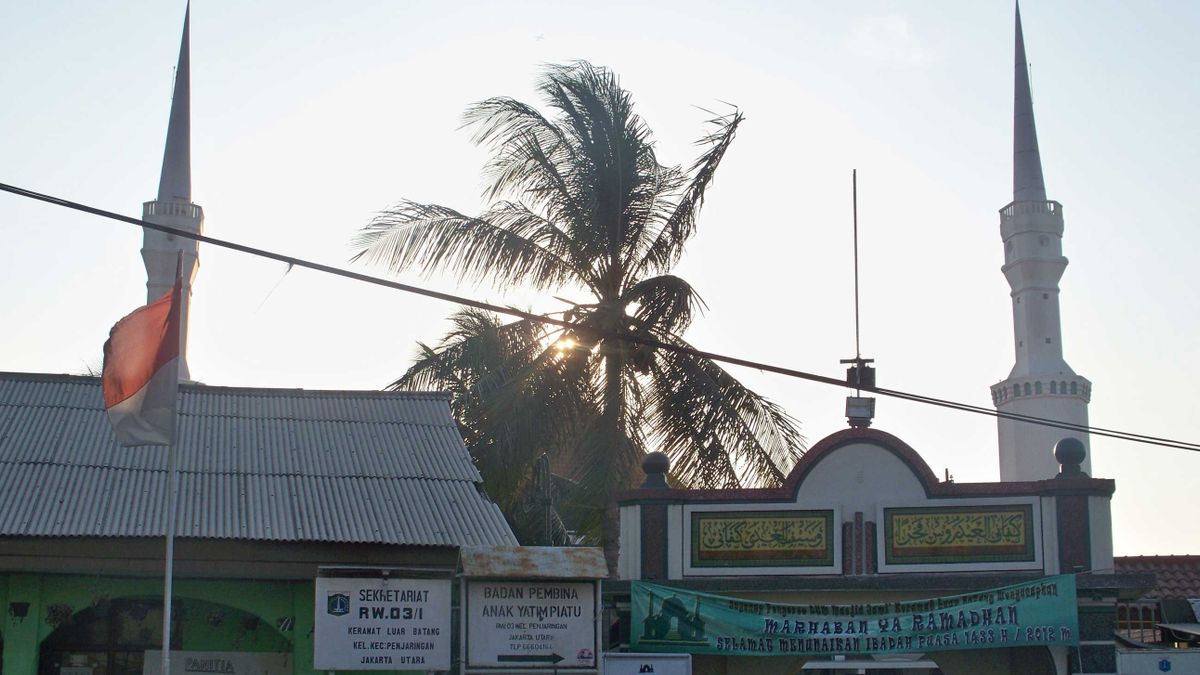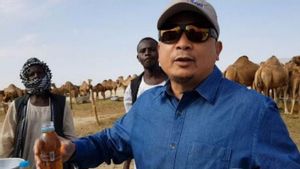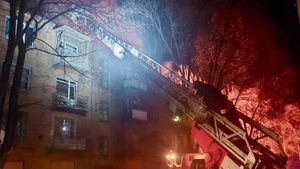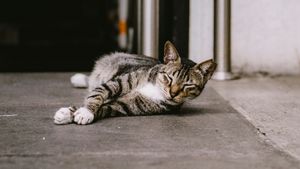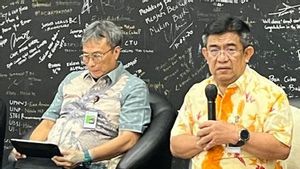JAKARTA - Pramoedya Ananta Toer had an opinion about Jakarta. For him, Jakarta is a collection of villages. An interesting opinion, although some literacy calls Jakarta a collection of big villages that have become one. The story of Kampung Luar Batang can illustrate that viewpoint.
Before getting into the substance, we need to understand the difference between village and village. According to the Big Indonesian Dictionary (KBBI), a village is a unit of territory inhabited by a family with its own government system: there is a village head. Meanwhile, a village is the smallest administrative unit that occupies a certain area: it is located below a kecamatan.
In Kampung Luar Batang, we can explore this, how the word "kampung" is more accurately pinned to describe the process of regional unity in Jakarta. Kampung Luar Batang has never really had its own culture. There, the population is filled with immigrants. However, there is a positive value that can be replicated from there: harmony in diversity.
In addition, Kampung Luar Batang also has magical values. As the oldest village in Jakarta, Kampung Luar Batang is known to be sacred. Variety of literacy records that Kampung Luar Batang has been around since the 1630s, several years after Jayakarta was conquered by the Governor General of the VOC - who served twice in the period 1619-1623 and 1627-1629 - Jan Pieterszoon Coen in 1619.
Due to this victory, he changed the name Jakarta to Batavia. Several years after the conquest, the Luar Batang settlement was established. As revealed by Alwi Shahab in a book entitled Saudagar Baghdad dari Betawi (2004). In the past, Luar Batang was a temporary stopover for native boatmen who wanted to enter Sunda Kelapa Harbor.
"At that time, the VOC authorities implemented a regulation that did not allow native boats to enter the port channel at night. Likewise, they are not allowed to leave the port at the same time. In addition, all boats entering and leaving must pass through checkpoints. This post is located at the mouth of the port channel and at that place a log (wood) is placed across the river to face the boats going in and out of the port before being processed, "said Alwi.
Therefore, every indigenous boat that will enter must be inspected beforehand. Meanwhile, the indigenous boats that cannot enter the port must wait outside the Outer Batang area for several days, until there is permission to enter the Sunda Kelapa Harbor.
Usually, while waiting, some of the boat crews descend ashore while building huts to live in temporarily. Gradually, along with the popularity of Batavia as the center of world trade, the boat crews who initially only lived for a while then began to settle down. This settlement also became known as Kampung Luar Batang.
Rachmat Ruchiat, in the book The Origin of Place Names in Jakarta (2018) explains, the name Luar Batang is already written on a map made in 1623. However, it is not written as "Batang" in Malay, but "Batang" in Dutch: " Boom ".
"If the boats want to cross the barrier, they are obliged to pay import duties. The area outside this barrier was later called Luar Batang or in Dutch it is called Buiten de Boom, "wrote Ruchiat.
Not only was it known as a residence for boat crews, in its development, the VOC also enlivened the village by bringing in workers from various parts of the archipelago to build the port and castle of Batavia. Then, the inhabitants of the Kampung also consist of various ethnicities.
Sacred villageAlong the way, Kampung Luar Batang is often dubbed the "Sacred Village". The word sacred itself is pinned because of the tomb of a famous scholar named Sayid Husein bin Abubakar bin Abdillah Alaydrus whose grave is now inside the Luar Batang Mosque.
Adolf Heuken, in a book entitled Historic Places in Jakarta (2007) speaks about the sacred tomb of a person who is believed to be a direct descendant of the Prophet Muhammad. In his famous book, Adolf said that the word sacred became known after Habib died.
“A leaf distributed at the Luar Batang Mosque tells of: He died on 27 June 1756 at the age of 40. His body was carried in stem brackets only to the Tanah Abang grave as it should have been. However, when he arrived at the cemetery, Habib's body was gone and it turned out that he had returned to his house, ”said Adolf.
“This happened many times. So, it was agreed that this body would be buried in his house which is why it is called Luar Batang, "added the German priest.
No wonder, because of the story, that his grave began to attract many pilgrims. Pilgrims are not only dominated by those who come from remote parts of the archipelago, but also come from abroad, such as China, Brunei Darussalam, to the Netherlands and those who come from the Middle East. There are so many that the sale of sacred objects at the grave site can reach 8 thousand guilders a year.
A Dutch soldier, HCC Clockener proved. In a book entitled Batavia Awal Abad 20 (2004), he walks exploring the Luar Batang Mosque with a local guide named Abdullah. Since that trip, he has dubbed the Luar Batang Mosque as a large place of worship for Muslims in the Dutch East Indies.
“Located in a place called Luar Batang, an open building. And at that time, some pilgrims were seen worshiping. We are a little doubtful that we will be able to go inside even though Abdullah says everything can be arranged. We were allowed into the sacred place. But, first you have to take off your shoes, ”said Clockener.
He also told me that Luar Batang Mosque is the place most respected by Muslims. Then, Clockener was satisfied because he could see the conditions inside and outside the mosque. Moreover, when he arrived, the mosque was awake and very neat. "The building has more than one roof with supporting pillars that look beautiful from the outside."
Fortunately, this beauty is still preserved to this day. Although currently the mosque building has changed a lot due to a series of renovations in 1827, 2006 and 2007, in fact the sacred graves at the Luar Batang Mosque are constantly bringing in pilgrims. In fact, it gets even busier when it starts to welcome the blessed month, Ramadan.
The English, Chinese, Japanese, Arabic, and French versions are automatically generated by the AI. So there may still be inaccuracies in translating, please always see Indonesian as our main language. (system supported by DigitalSiber.id)
